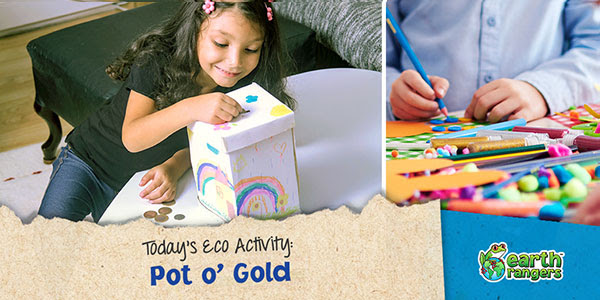
Top o’ the evenin’ to ye! Here’s a green way to store ye gold, lads and lassies: a DIY coin saver that’s fit to be found at the end of any Earth Ranger’s rainbow.



It may feel like it’s worlds away, but Bahía San Antonio is a special place for Canadian populations of the Red Knot! Every winter this migratory shorebird makes the long journey south, using this Argentinian beach as a stopover site to rest up and refuel. But as more and more people use the beach, it’s getting harder for the animals that live there to find safe spaces to call home. That’s why we called on you, Earth Rangers, to help support researcher Patricia Gonzalez, her Fundación Inalafquen, and the Provincial Environmental Rangers, as they worked to protect Bahía San Antonio, and we’re so happy to report you’ve done an incredible job!

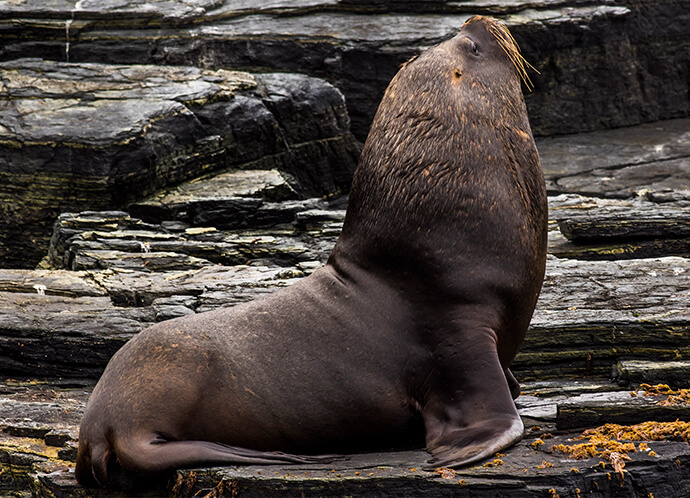
Thanks to the help of hundreds of Earth Rangers, Patricia Gonzalez and her team were able to accomplish some pretty amazing things! The rangers were able to prevent almost 100% of incidents of people disturbing shorebirds (through things like accidentally walking too close to their roosting sites), and when it comes to decreasing traffic of off-road vehicles, the team was able to reduce the number using the beach from 127 to just 6!
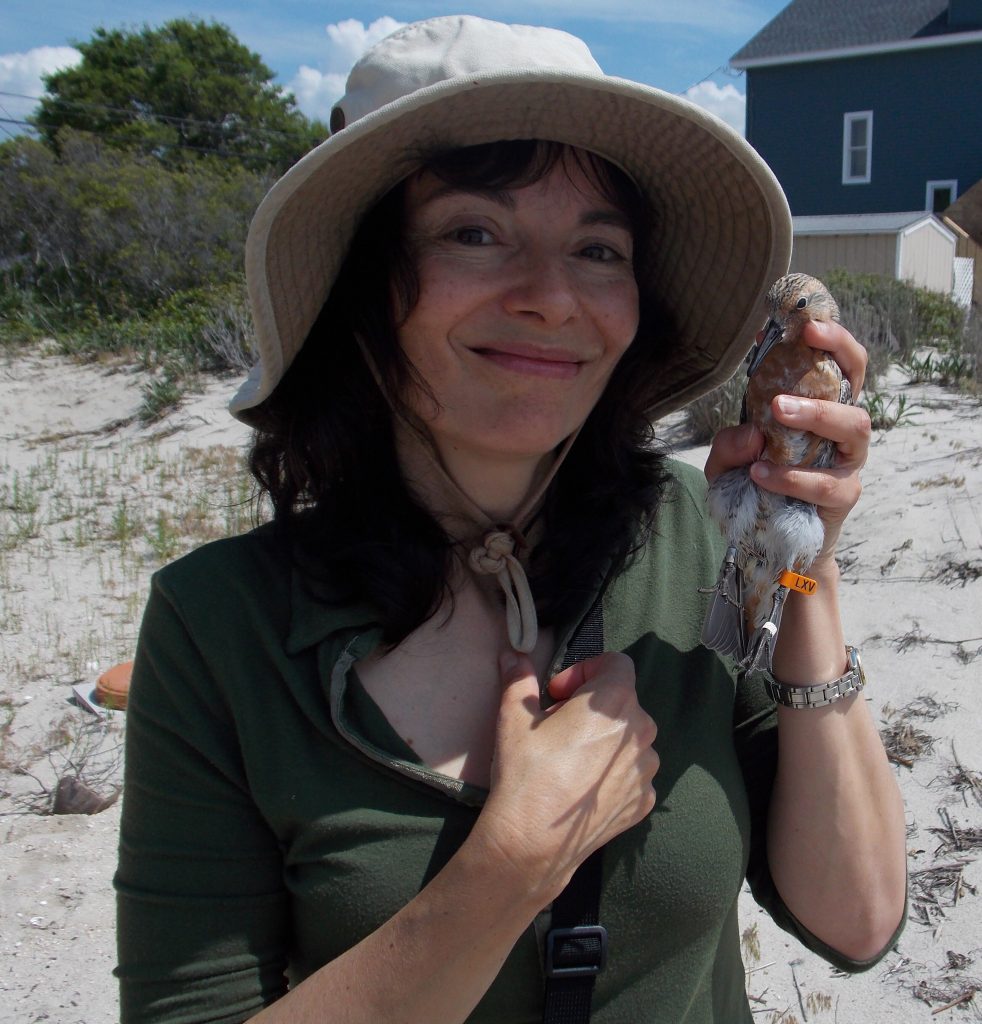
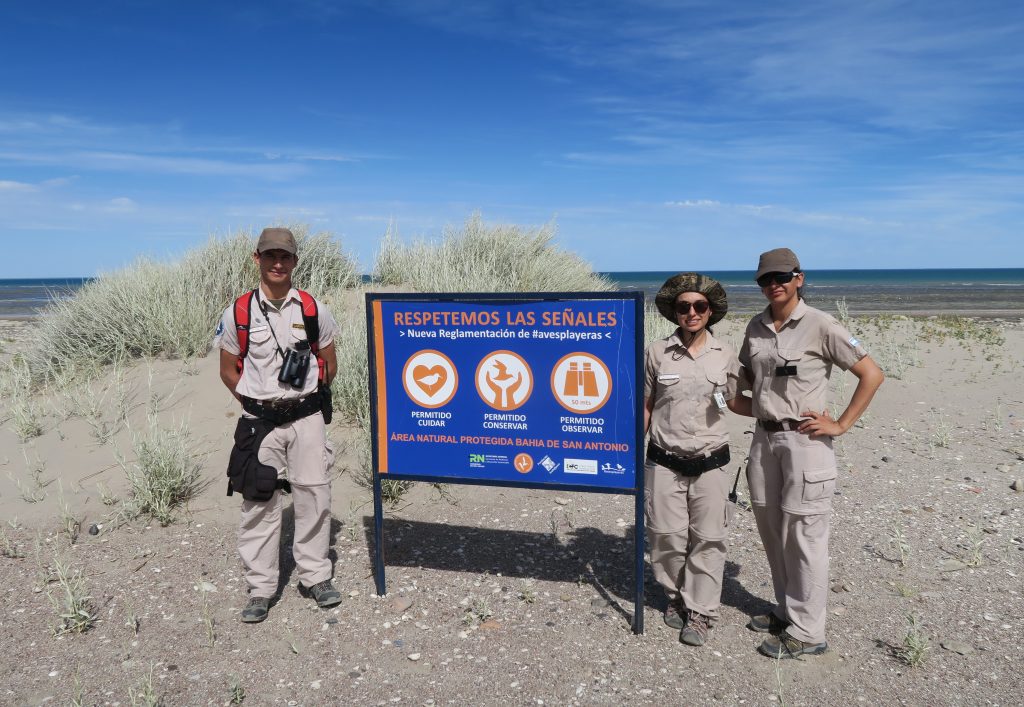
This incredible work would not have been possible without all your help, Earth Rangers – give yourselves a pat on the back for a job well done 🙂
The Red Knot and Patagonian Sea Lion Wildlife Adoptions Projects were in partnership with:


Toronto’s Royal Ontario Museum is doing something extra special, and for today’s eco-activity we’re bringing the museum to you! The ROM at Home Program opens the virtual doors to the Museum and provides access to live discussions, Q&As, educational activities, and behind-the-scenes videos from ROM curators and experts! This kid-friendly content will help your Earth Ranger learn more about science, climate change, and how we can create a more sustainable world, right from your own living room!
One of our favourite aspects of the ROM at Home series is the ROMKids Show! Along with host Kiron, your family can explore things like animal migration, coral reefs, and prehistoric saber cats! They even have live events that you can watch from the comfort of your couch!
TAKE A HIKE, EARTH RANGERS! 😉
Canada is the country with the second most trees in the world – right behind Russia! Approximately half of the country is covered by forest. Besides our fantastic forests being known worldwide for their hiking trails, they also help us fight climate change by limiting the growth of city smog and keeping local temperatures down – thanks trees!!
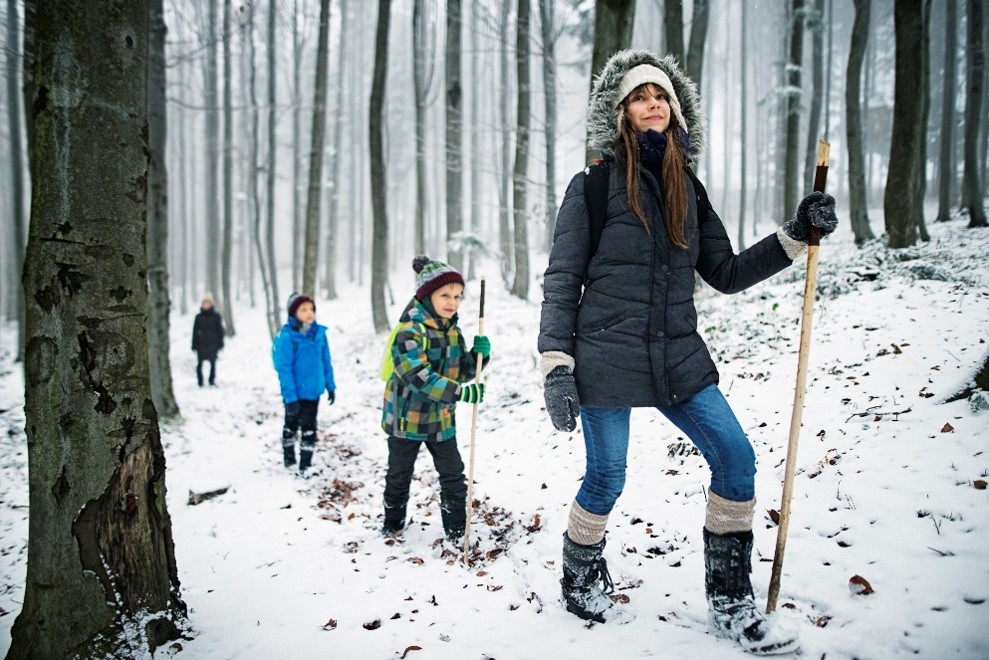
What better way to show your appreciation than by heading out to the great outdoors for a hike? Here’s 5 reasons why March is the perfect time for a stroll!

Ready to hit the trails? Look up hiking areas where you live with the help of an adult, using trail map apps like AllTrails, or look right on the Ontario Greenbelt website. If you live in Ontario, you probably live near one of world’s largest Greenbelt. The Ontario Greenbelt surrounds cities like Hamilton and Toronto, as well as Durham, York, Peel, and Niagara Region. It’s home to 2 million acres of protected forests, wetlands, urban river valleys, and farmlands and was designated in 2005 to help preserve important greenspaces around an area growing really quickly.
Anything else we should add to our list of reasons to hike this time of year? Share your thoughts in the comments!
Accept the Back to Nature Mission to help you come up with awesome activities to do when you’re out on the trail!

How many Earth Rangers does it take to change a light bulb? ONE!
Did you know that the type of light bulb you buy makes a difference to the amount of energy your home uses?
The cheapest incandescent bulbs aren’t the best when it comes to using energy! Saving a dollar at the store can actually end up costing your house more in electricity and can cause more damage to the environment!
Here are simple steps to do your part at home:
Step 1: Decide which energy efficient bulb is best for your space: CFL or LED? Discover their main differences on the Earth Rangers App!
Step 2: Figure out how bright they’ll need to be. Less lumens mean less light! For indoors, you’ll want something not too strong with about 450 lumens. Save the bright guys, (bulbs with around 1600 lumens) for outdoor use where you need loads of light!
Step 3: Replace your incandescent bulbs with your new energy-efficient ones!
Step 4: Snap a picture with all the inefficient bulbs you’ve switched out before you dispose of them safely, then share it with us on Facebook, Instagram, or Twitter.

It’s important because…
Using less energy means releasing less greenhouse gas emissions, which means you’re helping to fight climate change, right from home! You’re one step closer to being a climate-change-fighting scientist, like the ones who are attending COP26 this year! The United Nations Climate Change Conference (COP) gives scientists, researchers, policy makers, and other organizations a chance to share ideas for dealing with climate change. They would be so proud and excited to hear that another Earth Ranger is making a small but mighty move to help our planet!

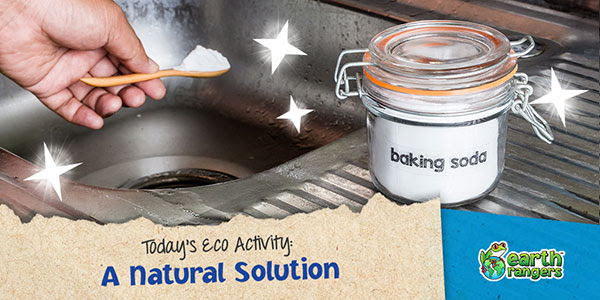
Household cleaners often contain toxins that are harmful. These products get washed down the drain and when these toxins get into the environment, they cause damage by polluting ecosystems and making animals sick. So, we’re challenging you to discover the power of two non-toxic cleaning companions with today’s eco-activity – and have fun with a foamy chemical reaction while you’re at it!

Using these simple tricks will help preserve the health of humans, animals and the environment. And we’re not just talking about the animals in your neighbourhood. If toxins get into important waterways, like the Great Lakes and the St. Lawrence River, they can travel all the way to the Arctic! That’s why it’s so important to be mindful about what goes down the drain. These DIY cleaners are a great alternative that will have you leaving store-bought products with harsh chemicals on the shelf!


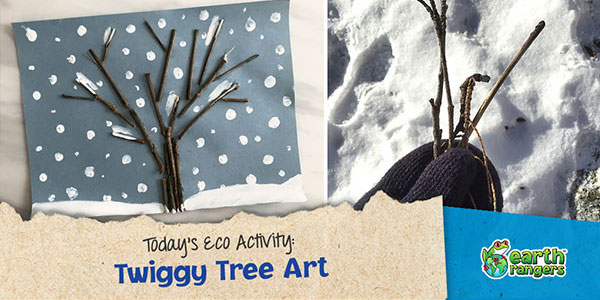
Looking for a reason to get outside this weekend? Why not make some twiggy tree art! It’s a great way to get some fresh air and make some TREErific art to decorate your room or give to someone close to you!
The best part of this activity is the prep work! Before you sit down to craft, you’ll have to go out and look for some twigs. It will be even better if you can make it a family trip to the forest! A walk in the woods is a great way to reconnect with nature and with each other.
Now it’s time to start crafting!

Once you’ve collected all your items, arrange your twigs to create a leafless but lifelike tree on your paper. Once you’re happy with the placement of your twigs, glue them down and let it dry. Next, grab your paint and start dotting the sky with snowflakes. Finish by painting the ground under the tree. Now your wonderful winter scene is complete. Great job!
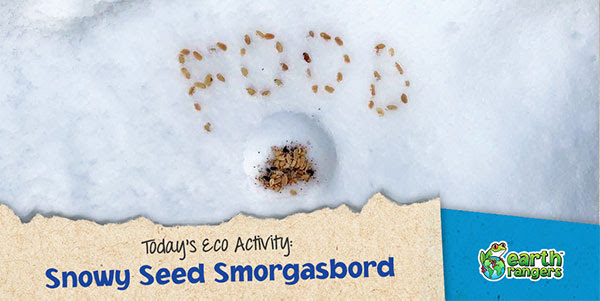
Snow is fun fluff but did you know it can hide food sources from feathered friends? A huge amount of snow can make it harder for birds to get enough food, which can be a problem since they get hungry faster than most animals. That’s because they actually turn food into energy at a faster rate than other creatures! Fun fact, but not so fun for hungry birds!
Want to help them keep their bellies full? SNOW PROBLEM! Build a big snow mound, off the ground enough so that the seed will be kept safe from more falling fluff. Then, make a hole large enough for a bird to be able to perch and sneak a snack from. Fill it with your favourite seasonal birdseed mixture. Consider putting out a few extra morsels to advertise what’s inside. Maybe even spell out some hints in the snow like we did!


Last year Earth Rangers everywhere teamed up to help create a super cool animal habitat: the Meadoway! This 16 km stretch of land running right through Toronto connects greenspaces and provides the animals that live there, like the Red Fox, Eastern Milksnake, and Osprey, with a safe place to call home.
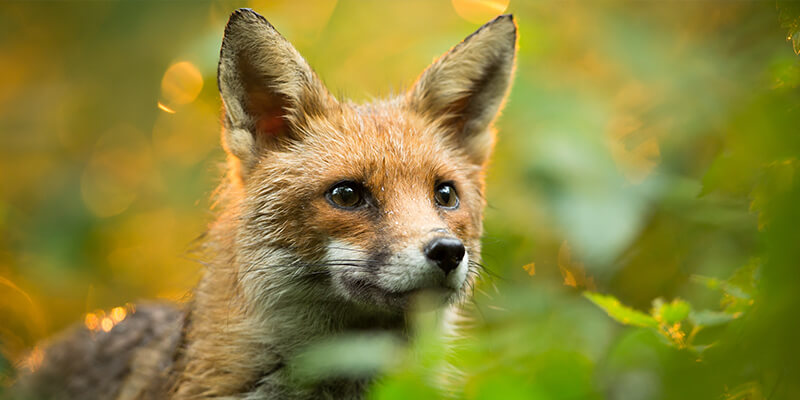
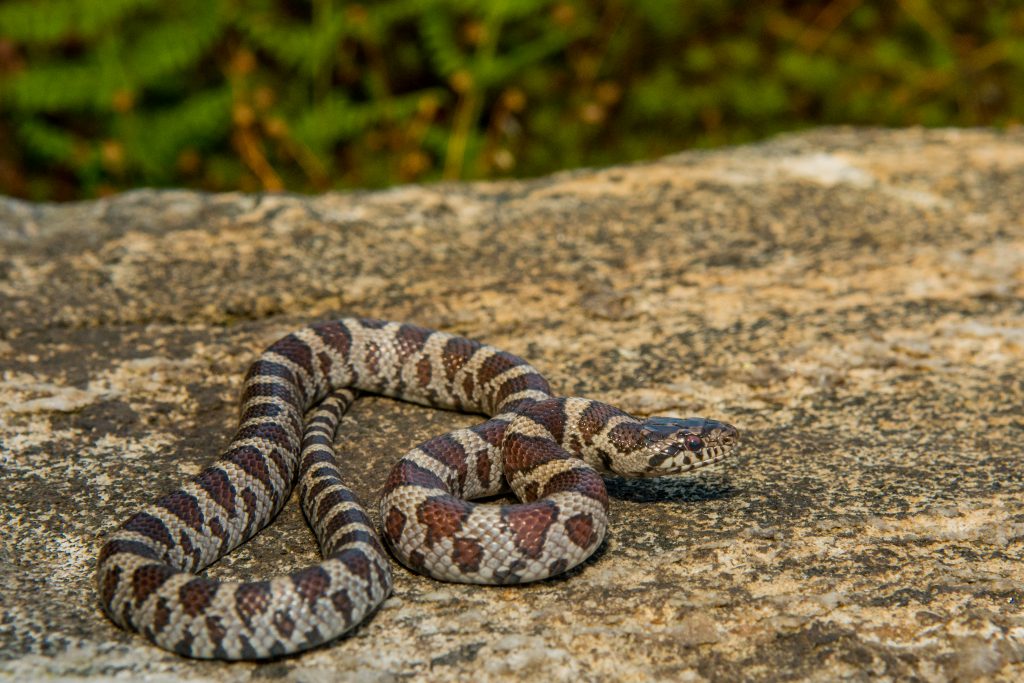
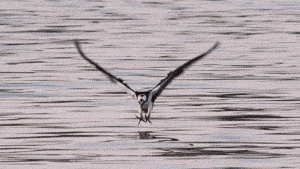
Over 1,500 of you worked together to help support this project, and our partners at the Toronto Region Conservation Authority (TRCA) have been hard at work! Here’s what they’ve been up to:
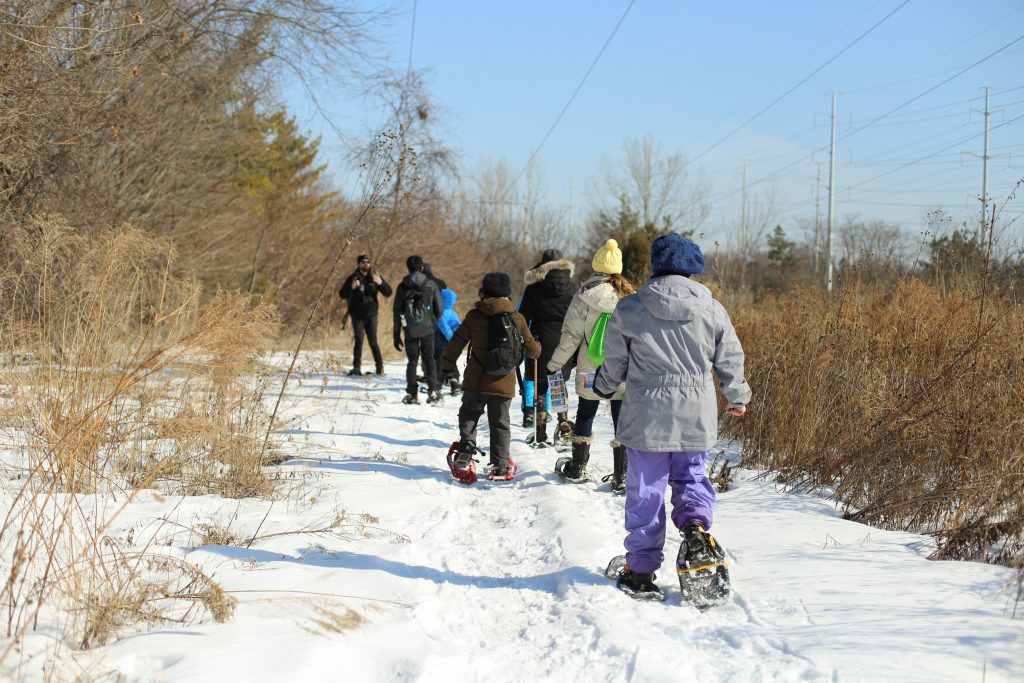
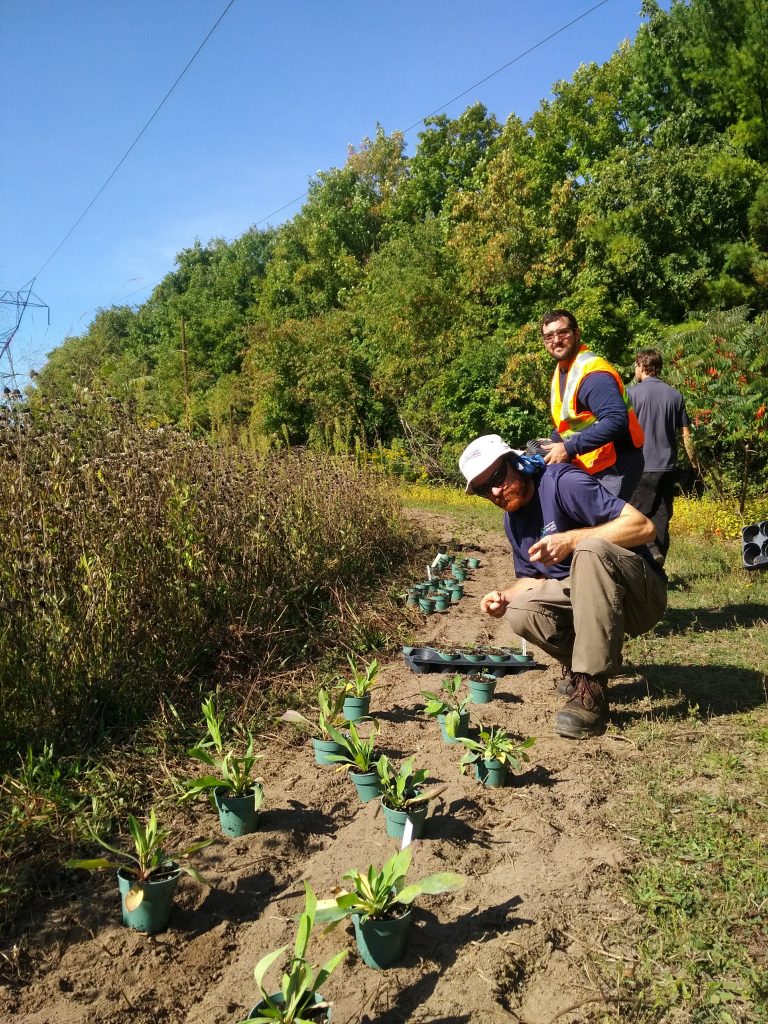
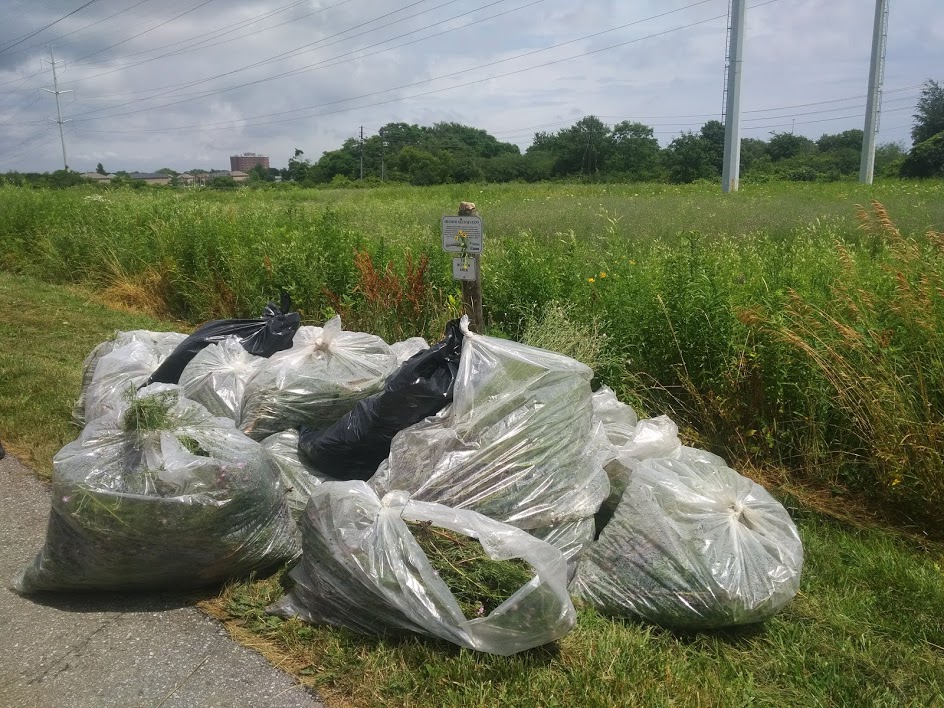
All of this amazing work is making a huge difference for the animals that call the Meadoway home. Thanks to YOU, the Meadoway Project is helping increase the biodiversity of plant life, improving the ecosystem’s ability to deal with climate change, and providing important food sources for pollinators, just to name a few! Great work, Earth Rangers 🙂
The Meadoway Project was generously supported by:

Wolverines are one of our fave wild and wily animals, but they need our help! Climate change and habitat loss are making it harder for them to find the massive territories they need to call home. That’s why we called on you, Earth Rangers, to help, and we’re happy to report you did just that – in a big way!
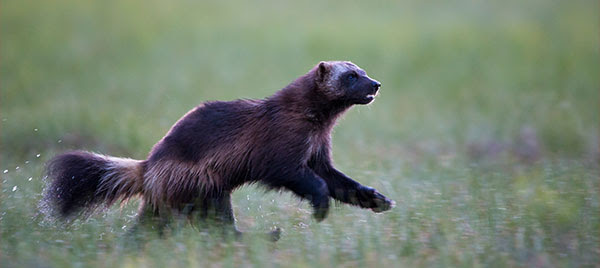
Last year, over 1,000 of you pledged to protect Wolverines, and you raised over $10,000 to help researcher Mirjam Barrueto as she worked to learn more about the Wolverines that make their homes in Canada’s Rocky Mountains. We thought that was pretty incredible, and so did Mirjam! Here’s what she had to say:
Thanks for answering the call, Earth Rangers! We couldn’t have done it without you 🙂
The Wolverine Project was generously supported by:
